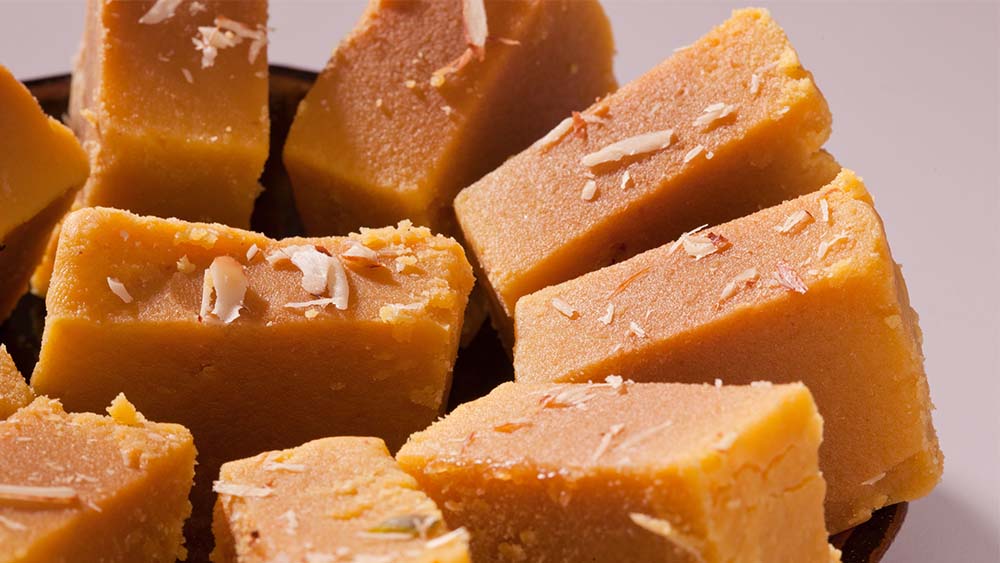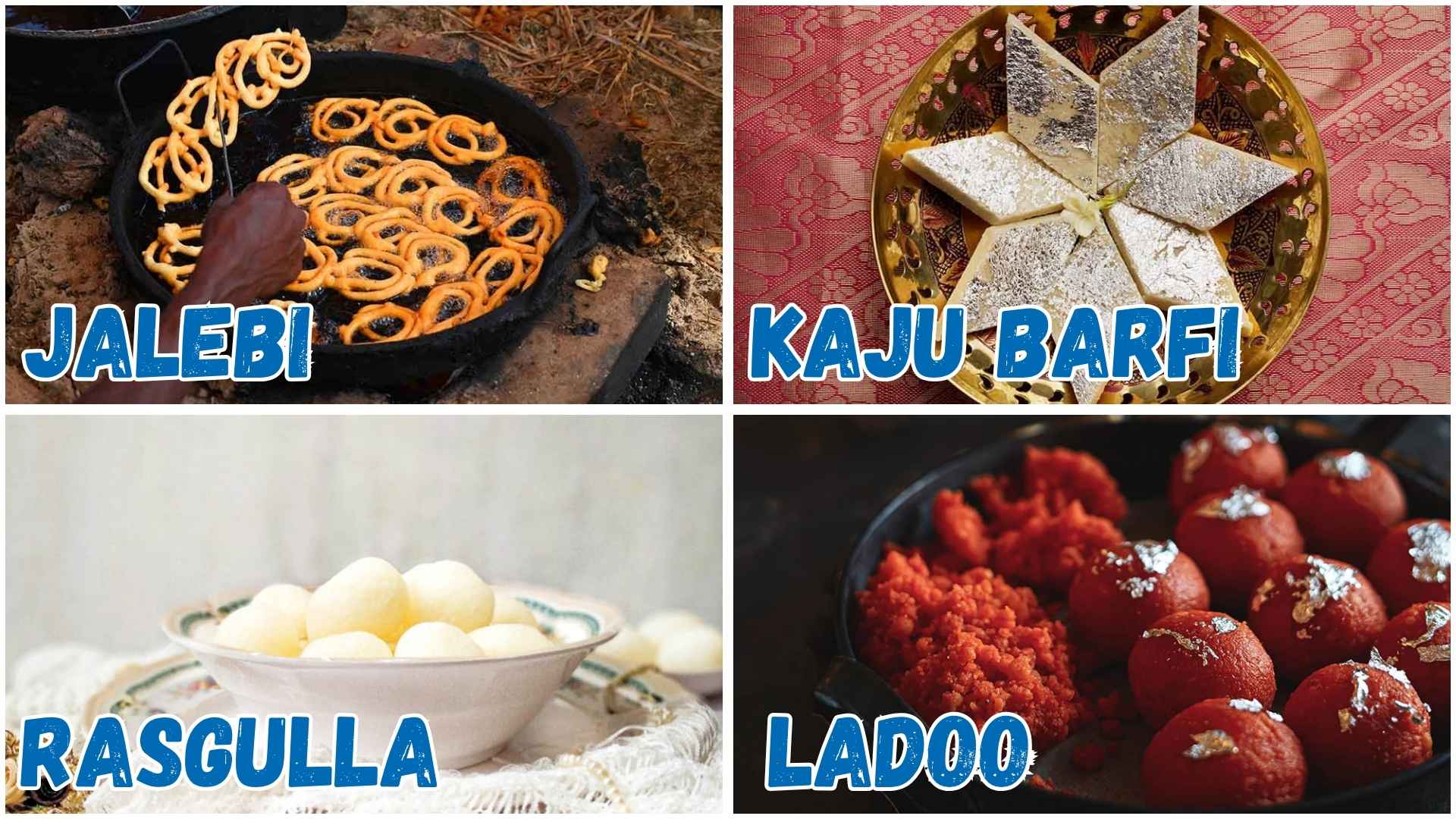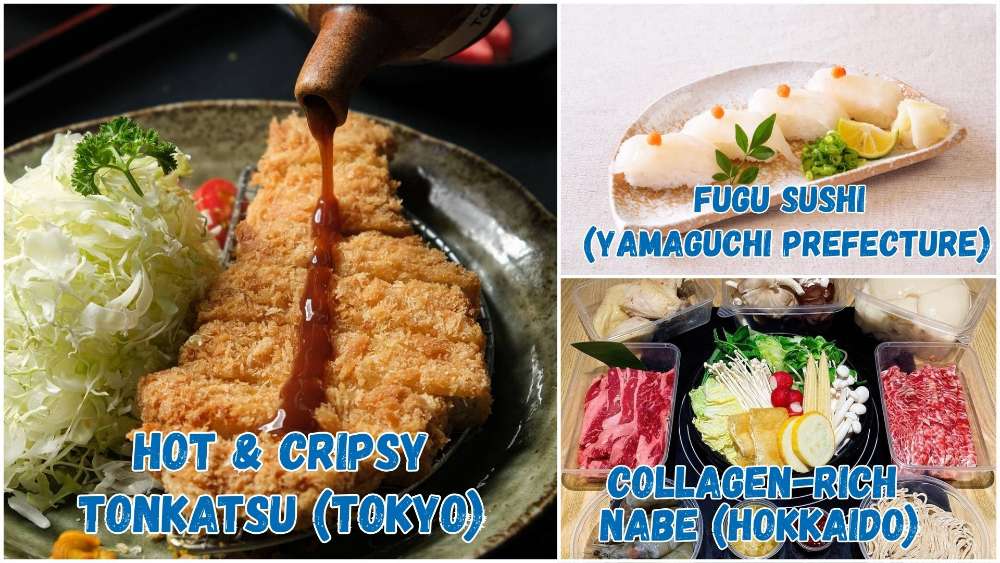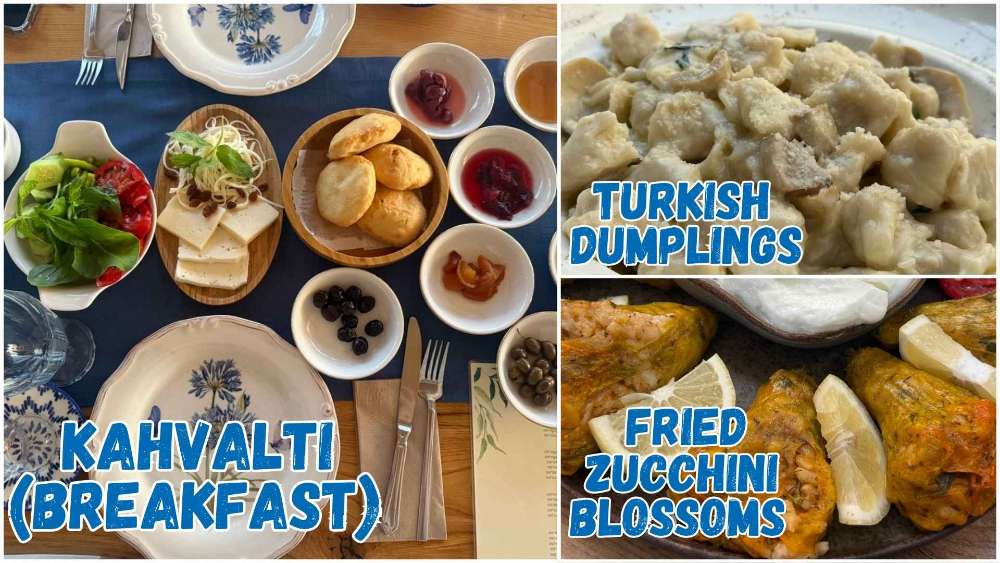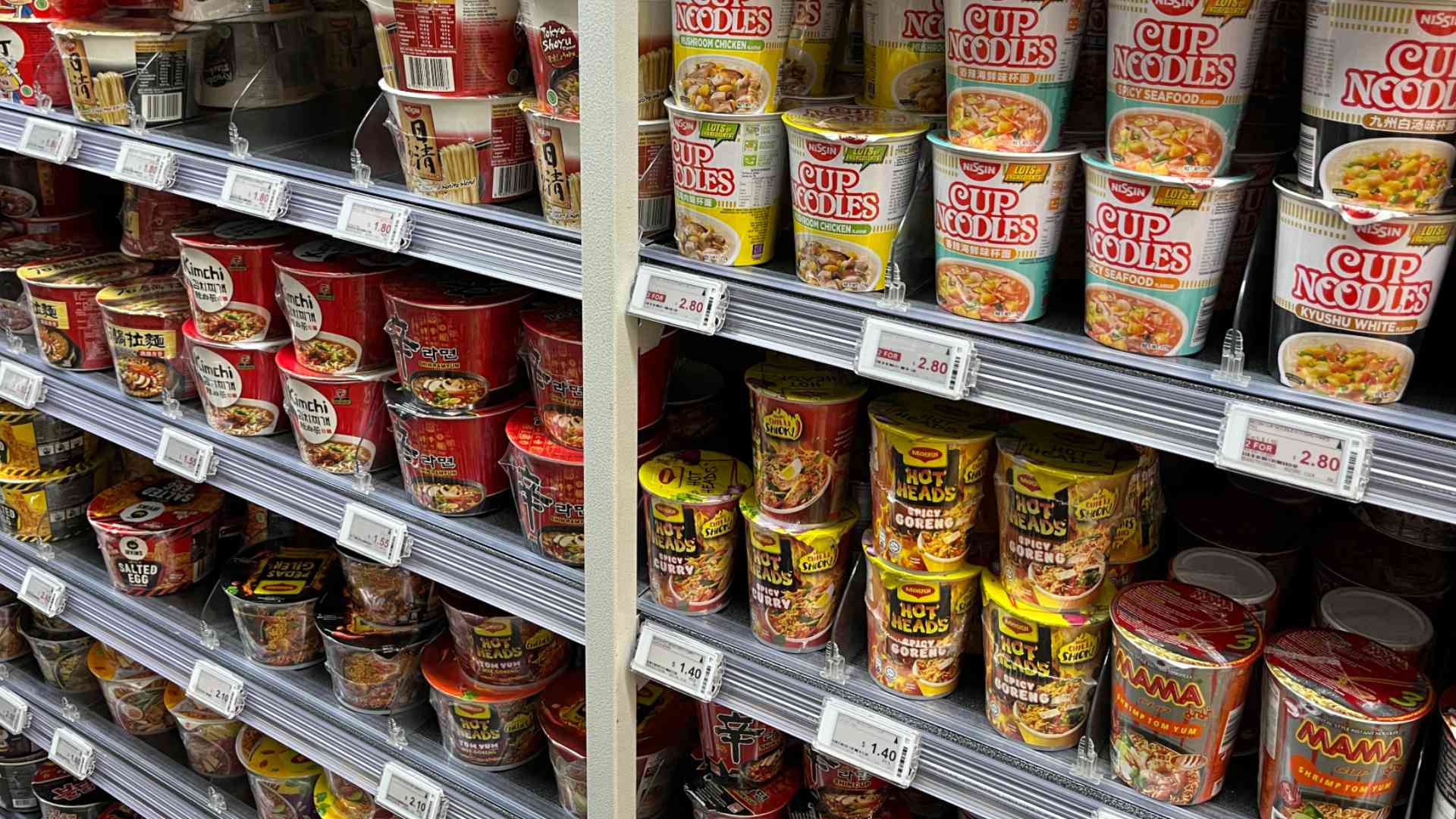A Beginner’s Guide to South Indian Desserts
Now that you know more about North Indian desserts, let’s go across the country and look at the desserts and sweets from southern India.
This time, jaggery, coconut, rice and dal (lentils) are the main protagonists for the sweet treats, as these are staple ingredients found in all the main cities of south India (think Kerala, Tamil Nadu, Karnataka and Andhra Pradesh).
Here’s what to dig into the next time you’re wandering the streets of Little India:
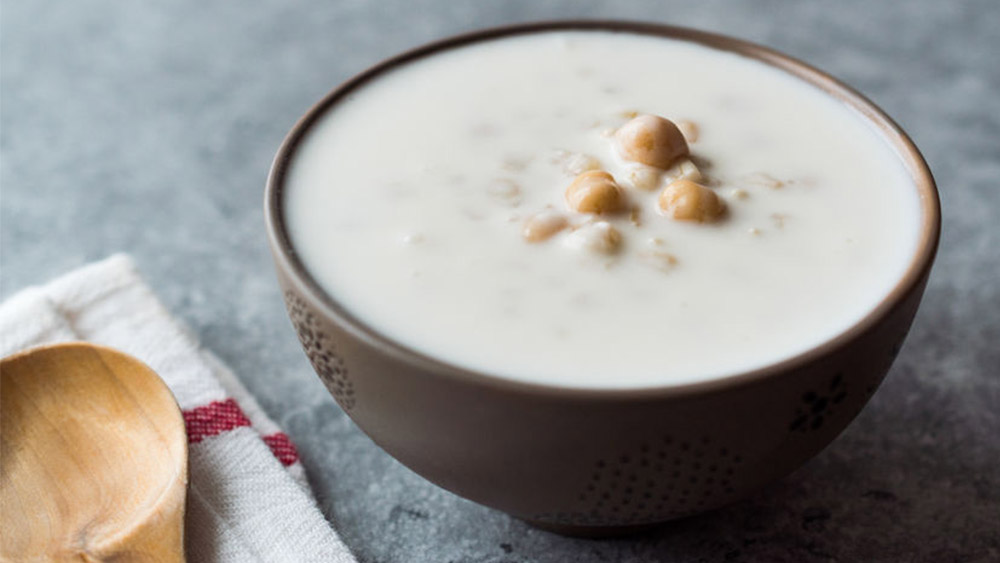 IMAGE: 123RF
IMAGE: 123RF
Payasam
I personally love the history and stories in everything south Indian, and you just can’t go wrong with a bowl of goodness like this, believed to have originated some 2000 years ago! Similar to kheer (rice or vermicelli) from the north, payasam is a creamy milk pudding made with ghee (clarified butter), jaggery and topped with nuts. Like kheer, payasam is revered as an auspicious dessert and is perfect for every occasion (and an everyday indulgence). The most popular variations include one made from vermicelli, rice, chickpeas or green gram, cooked in a base of normal milk or coconut milk.
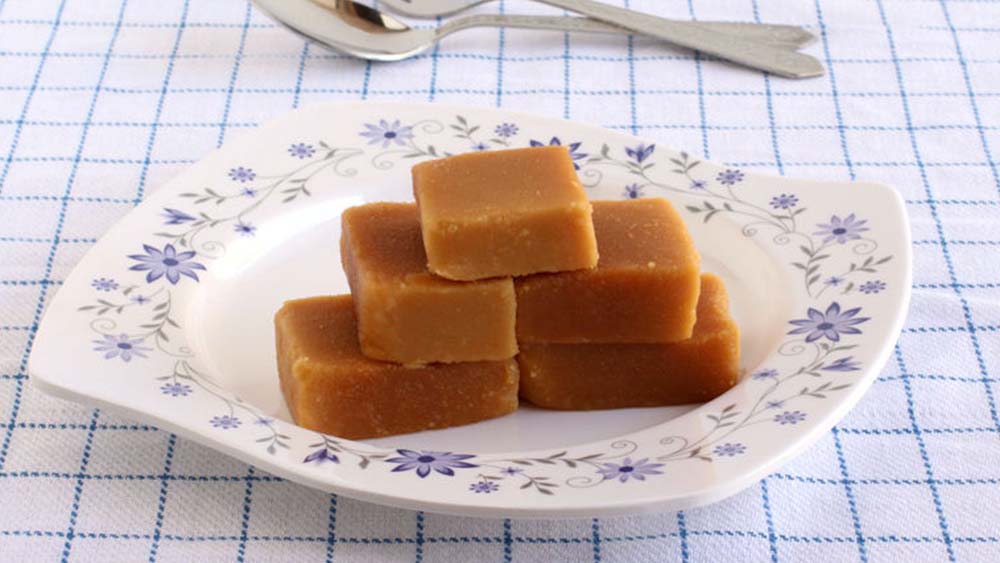 IMAGE: 123RF
IMAGE: 123RF
Mysore pak
Perhaps the most famous of all South Indian desserts of all! Say hello to fudge - Indian style. They say some of the greatest inventions are the result of accidents, and the quintessential Mysore pak certainly embodies that! As the name suggests, this fudge-like treat originated in Mysore, in the southwestern state of Karnataka. According to history dating back to 1935, the royal chef was scrambling to come up with a new dessert for his king, and he unassumingly experimented with gram flour, ghee and sugar, heating them together until they melted to form a syrup (pak translates to sweet sugar syrup). Upon cooling, the syrup solidified into a fudge-like dessert. His king loved the dessert so much, it was quickly christened as the royal sweet, and is still known as the king of sweets in the south today. And because the ingredients are so common and affordable, the humble sweet treat is very budget-friendly for even the common man.
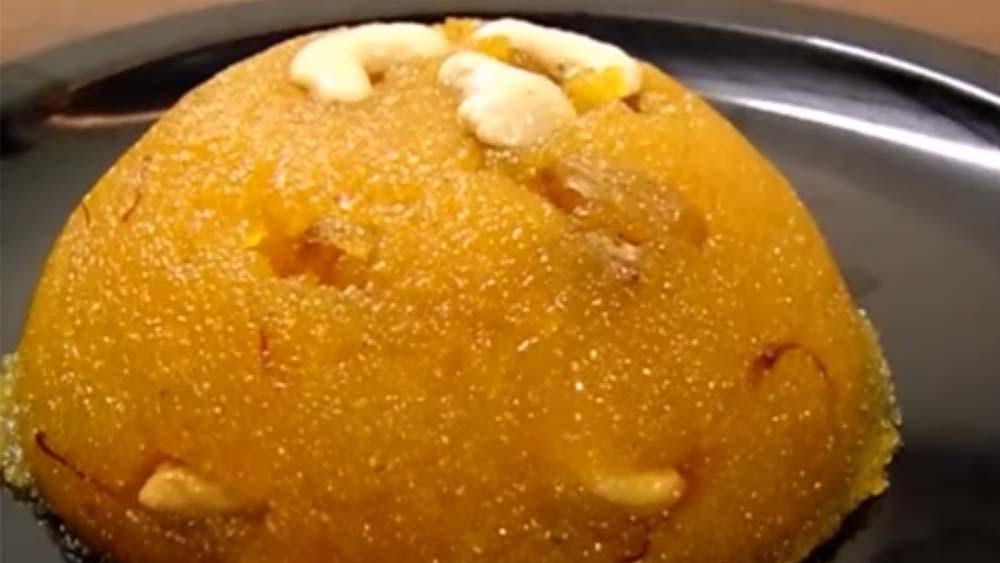 IMAGE: XAMTRA, CC BY-SA 4.0, VIA WIKIMEDIA COMMONS
IMAGE: XAMTRA, CC BY-SA 4.0, VIA WIKIMEDIA COMMONS
Rava Kesari
Essentially the South Indian version of the north Indian suji halwa, rava kesari (also known as Kesari bhaat) is a traditional sweet treat made of ghee, toasted semolina (rava) and sugar, saffron, orange food colouring, and then topped with cashew nuts and dried fruits. It can be eaten as a dessert after a meal or a snack any time during the day, rava kesari is also a very popular breakfast food.
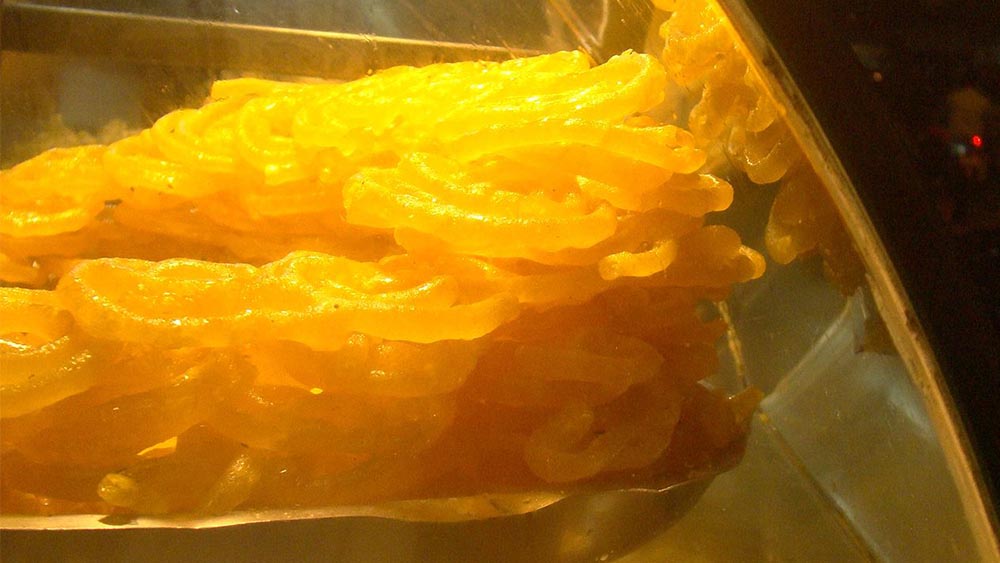 IMAGE: RUCHA S. RAJE, CC BY-SA 4.0, VIA WIKIMEDIA COMMONS
IMAGE: RUCHA S. RAJE, CC BY-SA 4.0, VIA WIKIMEDIA COMMONS
Jangiri
Very similar to my beloved deep-fried jalebis, south Indian jangiris (also known as the bright orange coloured imarti you can see in sweet display stands in most Little India restaurants) are made from frying tight coils of smooth, fermented urad dal batter in hot oil, and then soaking them in a sweet syrup (most commonly, a rose-flavored syrup). Even though it is deep-fried, this sweet treat is considered a healthier snack than jalebis, as the latter is made from white flour, and the former is made from protein-heavy, gut friendly, fermented lentils.
Adhirasam
And now say hello to the Indian doughnut! Just don’t expect chocolate or cinnamon-glazed options here. Adhirasam is a traditional south indian sweet made by deep frying a dough made of rice flour and jaggery. Sounds easy enough right? Wrong! It’s considered to be one of the most difficult South Indian sweet recipes around today. Apparently the authentic preparation took about a week when the dessert originated around the 16th century, as it involves fermenting the dough - so still slightly healthier than the white-flour doughnut options we love. Tip: packs of mini adhirasams are widely available in most Indian stores in Little India.
Badusha
Another glazed donut-esque dessert, badusha is the south indian version of balushahi in the north (another sweet treat I attribute my extra pounds too, especially during Deepavali time!) Imagine a decadent, glazed donut that’s crunchy and crispy on the outside, but still soft and flaky on the inside. Made simply from all purpose flour and ghee, the dough is rolled into decorative rounds (similar to pleated dumplings), before being deep fried in ghee. Some recipes call for a stuffing of dried fruit on the inside to make the dessert even more rich and decadent. The final step is dipping the treats into a sugar syrup for that crunchy crystal sugar coating upon cooling. If you haven’t already, try these gorgeous badusha’s this Deepavali - I bet you can’t stop at just one!
For the latest updates on Wonderwall.sg, be sure to follow us on TikTok, Telegram, Instagram, and Facebook. If you have a story idea for us, email us at [email protected].







